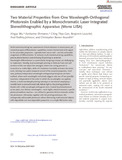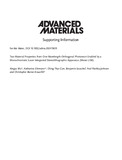Adobe PDF
(6.88 MB)
Final publication (open access)
Page view(s)
85
checked on Feb 21, 2025
Download(s)
27
checked on Feb 21, 2025


 CC BY 4.0
CC BY 4.0

